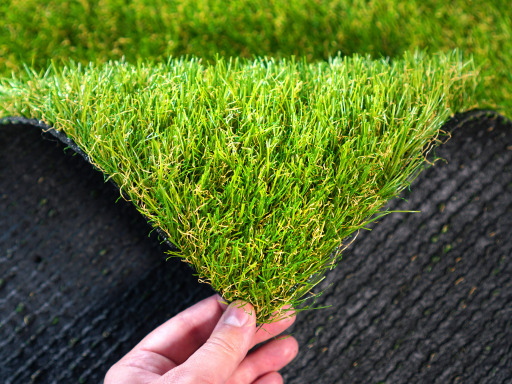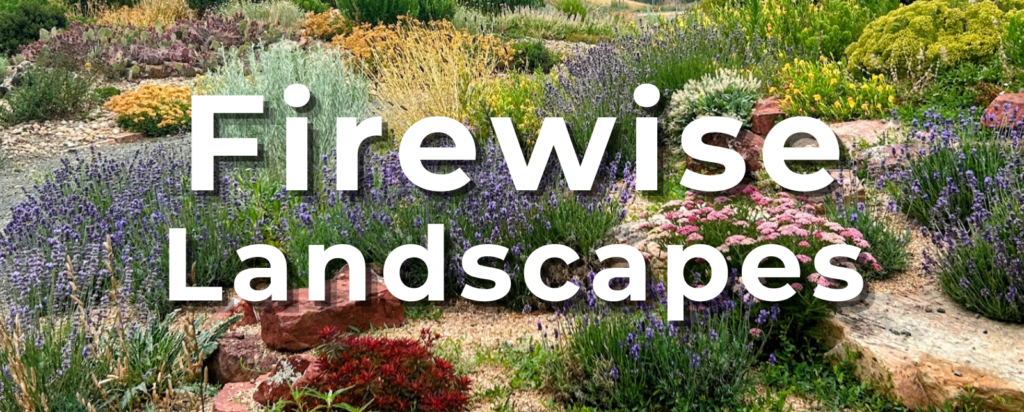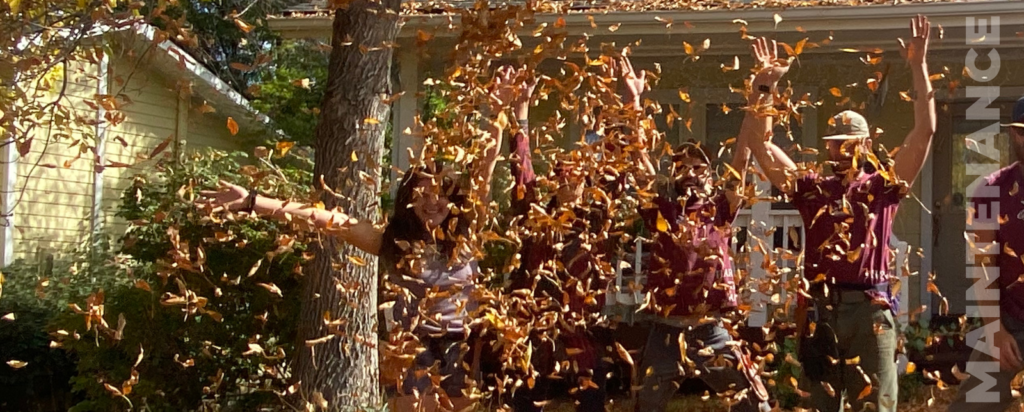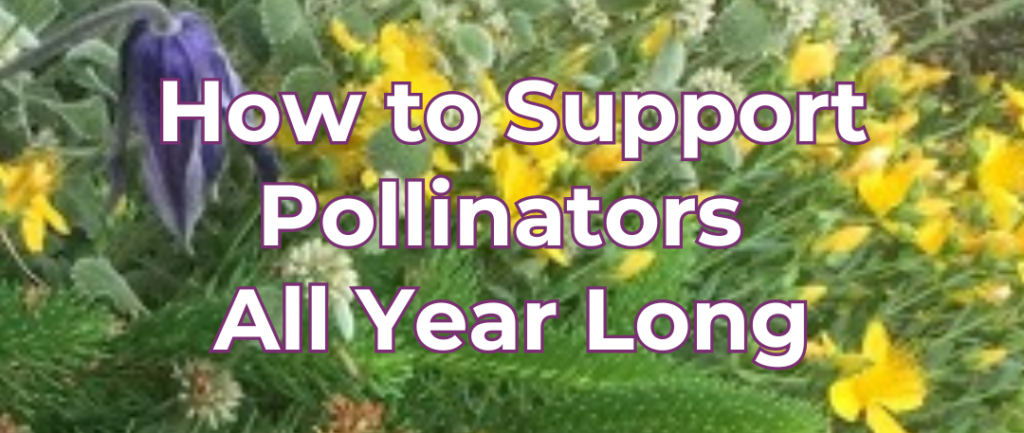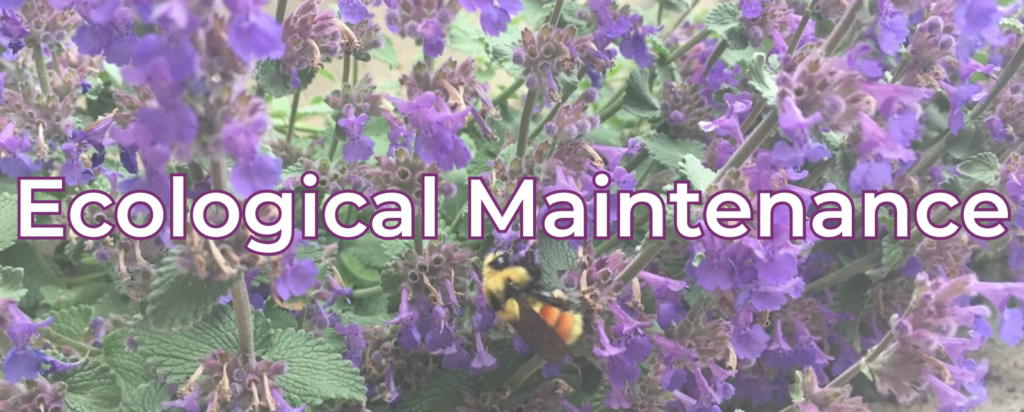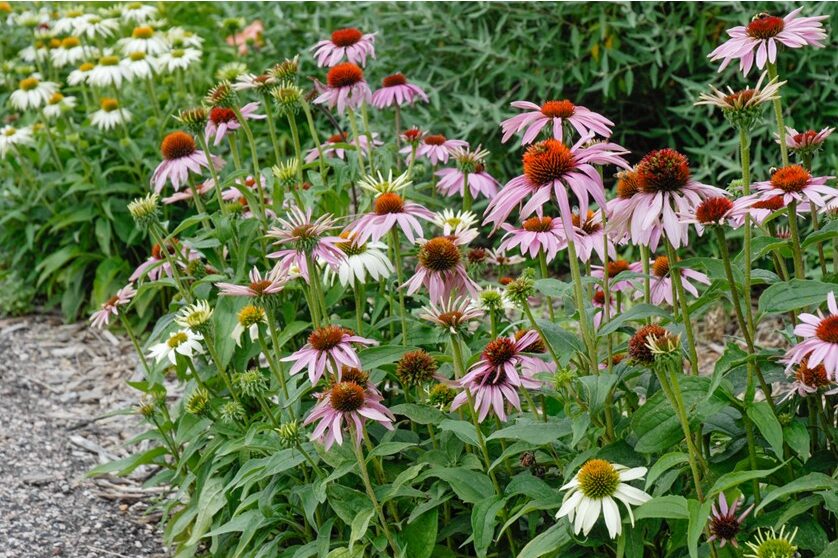I know it can be a challenge to figure out exactly what to cover the ground with. The adage tossed around the ecological and horticultural realms that “nature abhors a vacuum” refers to the fact that weeds will fill a void. We don’t want to leave voids in our landscapes because we don’t want opportunistic weeds moving in on blank spaces. Many residents here in the Southwest these days are looking to replace all or part of their lawn with a water-wise and ecologically beneficial alternative. Of course that begs the question of what exactly shall I replace my traditional lawn with?
Over the years, I have been asked by hopeful clients, believing they may have stumbled onto an idea that will provide them a good solution, if “fake grass” might work for their situation, so I want to address the question here, since I see how, at first glance, it could seem like a good idea.
In a way similar to how weed mat seems like a panacea, so can artificial turf, or “nonvegetative turf grass” as it’s also being referred to. Unfortunately, neither one pans out over time for you or the ecosystem you (maybe unwittingly) are a part of.
My assumption is that if you are reading this, you are generally interested in water-wise, low-maintenance, eco-friendly, biodiverse landscapes. It is from this perspective I will address the importance of not using artificial turf grass.
- Artificial turf prevents soil health. There are myriad microbes that support life on earth in soil, and artificial turf not only does not encourage soil health, but it effectively smothers it. Worms and microorganisms that life depends on cannot live under artificial turf.
- Artificial turf is a plastic, fossil fuel product. We need to get away from using such products, rather than produce more of it.
- As with all plastics, not only does it not break down naturally, but it contributes problematic microplastics into the environment.
- Soil is a huge carbon sink, but cannot provide this important function when covered in plastic.
I’ve had clients tell me their artificial turf gets so hot they have to hose it off before their dogs can step on it. Talk about a ridiculous use of water!
As do many landscaping topics, this topic brings me back to focus on how native and adapted plants in water-wise landscapes can be just as beautiful as any water hogging garden, and I would argue moreso, because they capture the beauty of our natural surroundings that so many of us have moved to Colorado to admire and enjoy. They can – once established – be about as low maintenance as artificial turf and with such great rewards that “fake grass” does not offer and many of which it actively inhibits.
For inspiration and information on attractive, low-maintenance,, healthy approaches to covering your ground, check out these articles No-Mow, Low Water Lawns, Pollinator Friendly Lawns, and Is Living Mulch Something I Need?.
To the Glory of the Garden,
Eva Montane
President, Columbine Landscapes

